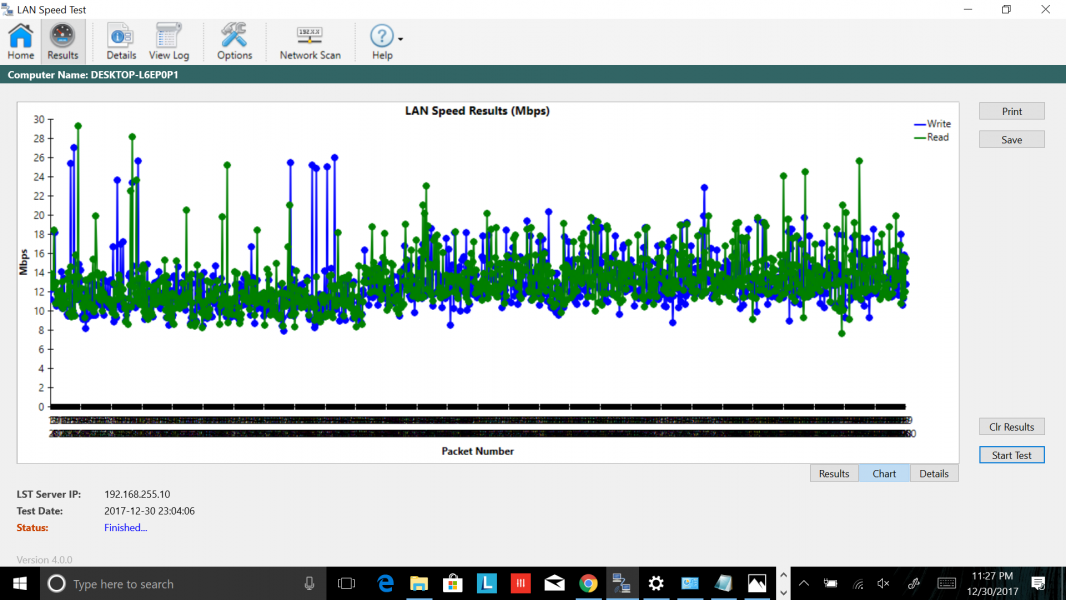

Ī large number of fixes were included in the -Wheezy-raspbian Linux image.Ī number of low-cost powered USB hubs are known to have caused problems. These included problems with USB 1.x peripherals that use split transactions, a fixed number of channels (causing problems with Kinect) and the way the ARM processor handles the SMSC95xx interrupts.
GIGAWARE USB TO ETHERNET SPEED IS SLOW DRIVER
Shortly after the Raspberry Pi was released it was confirmed that there were a number of issues with the Linux USB driver for the SMSC95xx chip. This can be discovered by melts, scorching, smoke or worse. Warning: Because the polyfuses have been removed, back feeding of the PI, by applying power via its normal USB output, can damage D 17 if triggered by an over-voltage, and so lead to consequential over-heating. Revision 2.0 was released in August 2012. Users should still ensure their power supply can power the Raspberry Pi and the USB peripherals. This had the polyfuses removed, removing the 100 mA current limitation for each USB port (but leaving the main fuse F3 intact). Model B Hardware Revision 2.0 and Revision 1.0 with ECN0001 change


Not only do non single current unit devices draw more current (causing greater Voltage drops, and greater stress on the fuses), they also might require 4.75 Volt to work. As a consequence the USB ports are only directly suitable for "single current unit" USB devices which, according to USB specifications, are designed to work with just 4.4 Volt. The Raspberry Pi's PSU was chosen with a power budget of 700 mA of which 200 mA were assigned to the USB ports, so the Raspberry Pi's (poly)fuses were designed only for devices up to 100 mA, and typical 140 mA polyfuses will have as much as 0.6 volt across them when drawing currents near the 100 mA limit. USB devices using more than 100 mA had to be connected via a powered hub. The original Model B board had current limiting polyfuses which limited the power output of each USB port to approximately 100 mA. Model B Hardware Revisions and USB Power limits Hardware Revision 1.0 There is a Wiki section about this issue which is worth a read. If the Raspberry Pi's supply voltage falls below a certain value (anecdotally stated as around 4.75 V), or it begins to fluctuate, your setup may become unstable. If you are adding to a product list it would help clarity if entries are kept/added in alphabetical order.Īdding peripherals may increase the loading on the power supply to your board and this, in turn, may affect the voltage presented to the Raspberry Pi. No markup - relates to all production boards.

GIGAWARE USB TO ETHERNET SPEED IS SLOW SERIAL


 0 kommentar(er)
0 kommentar(er)
